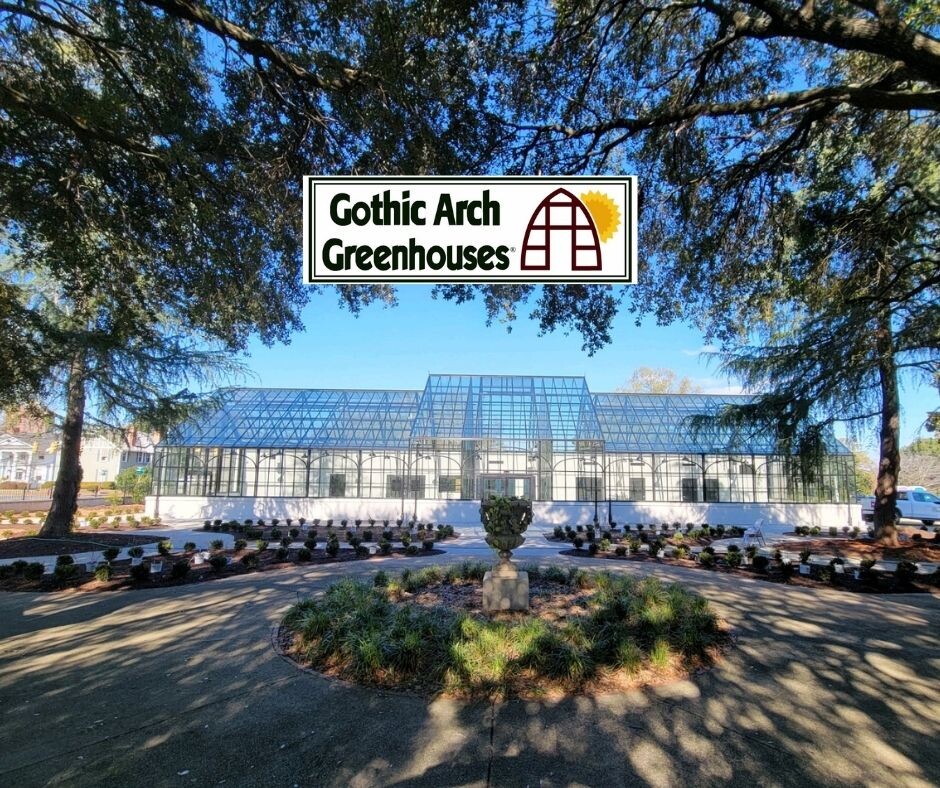
Selecting the right covering for your greenhouse is a critical decision that can significantly impact the success of your gardening endeavors. Greenhouse coverings play a vital role in regulating temperature, light transmission, and protection against external elements. In this blog post, we will explore a range of greenhouse covering options to help you make an informed choice for your greenhouse project. From traditional choices like glass and polycarbonate to innovative materials like ETFE and polyethylene, let's delve into the characteristics, benefits, and considerations of different greenhouse coverings to create an optimal environment for your plants to thrive.
Glass: Glass is a classic and time-tested choice for greenhouse coverings. It offers exceptional light transmission, allowing abundant natural sunlight to reach your plants. Glass provides excellent clarity, enabling you to observe your plants' growth and health easily. Additionally, glass is durable, resistant to weather elements, and has a long lifespan. While glass may have a higher upfront cost, its longevity and aesthetic appeal make it a popular choice for gardeners seeking a traditional greenhouse look.
Polycarbonate: Polycarbonate is a lightweight and versatile greenhouse covering material. It offers high impact resistance, making it an excellent choice for areas prone to hail or strong winds. Polycarbonate panels can transmit diffused light, reducing the intensity of direct sunlight and preventing scorching or heat buildup. This feature benefits light-sensitive plants. Polycarbonate is also an energy-efficient option, providing good insulation properties and reducing heat loss during colder seasons.
ETFE (Ethylene Tetrafluoroethylene): ETFE is a relatively new and innovative material gaining popularity in greenhouse construction. It is a transparent, lightweight, and highly durable fluoropolymer that offers excellent light transmission and insulation properties. ETFE allows more sunlight to pass through than glass, promoting optimal plant growth. It is also self-cleaning and resistant to UV radiation, chemicals, and extreme weather conditions. ETFE coverings are flexible and can be inflated to create insulating air cushions, enhancing energy efficiency.
Polyethylene: Polyethylene film is a cost-effective option for greenhouse coverings. It is a lightweight and flexible plastic material that offers good light transmission. Polyethylene is easy to install and replace, making it suitable for temporary or seasonal greenhouse structures. However, it has a shorter lifespan compared to other materials and may require regular replacement due to wear and tear. While polyethylene provides an affordable solution, it may not offer the same level of durability or insulation as other options.
Acrylic: Acrylic, also known as Plexiglas, is a transparent thermoplastic material used for greenhouse coverings. It offers excellent light transmission, clarity, and impact resistance. Acrylic is lighter than glass and has better insulation properties, reducing heat loss. However, it may not be as durable as glass or polycarbonate and can be prone to scratching. Acrylic is a suitable choice for hobbyists or small-scale greenhouse projects that prioritize affordability and moderate weather resistance
